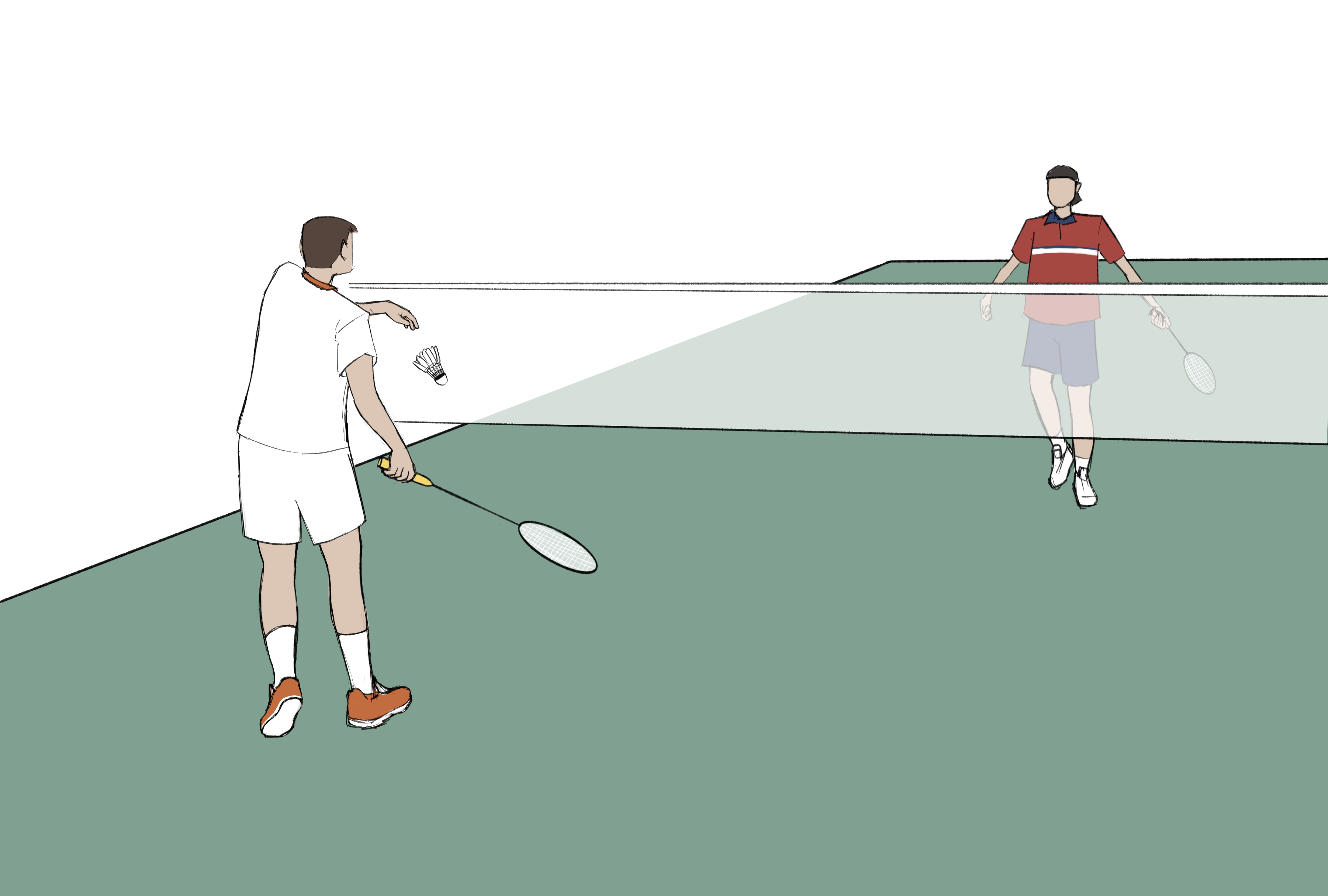Badminton birdie catches wind at PHS
March, 2024
Badminton is often thought of as a game that is played at the family cookout or on a warm day at the park,
not a sport. Few know of its professional side or its
reputation as one of the most intense and fast-paced
sports in the world. These professional players train for years to hone their speed and accuracy, but are still
underestimated because of the casual viewer’s lack of knowledge about the sport.
Badminton has centuries-old roots, originating from a
game called “battledore and
shuttlecock,” different variants of which were played in ancient civilizations such as Greece,
China, and India. The
modern version of the sport became popular in the
middle of the 19th century in
British India and eventually spread worldwide, becoming an Olympic sport in 1992.
However, the sport has never gotten much
recognition in the United States. This is due to the fact that there is already an abundance of
professional sports leagues in the United States.
However, times are changing: the UBX Pro League, the first
professional badminton league in North America, will launch in 2025. The UBX Pro League’s goal is to make badminton more prominent. Here at PHS, the
Badminton Club has begun implementing this same
initiative, which has introduced many more students to the sport.
Founded by William Yao ’24, the Badminton Club strives to create camaraderie among the student body through badminton. Although badminton is played in most gym classes during the winter, Yao noticed that many students view the sport as simple recreation or even as a chore due to its association with the class.
Through his dedicated
leadership, the club has
created an inclusive
environment in which
students of all backgrounds can come together to enjoy the sport.
As an immigrant, Yao realized that
badminton isn’t as popular in America as it is China, so founding the club was his way to not only expand the variety of options students had for sports, but also to teach others about an important part of his culture by trying new things.
“We have [this] club to [introduce other] people to our culture,” said Yao. “It’s brought more of the people who weren’t involved in sports together … [people can] come in and have fun with their friends.”
There are a few basic techniques needed to play a game, such as different serve types, which are easy to learn and put into practice, making accessible badminton accessible.
Aside from the sport’s convenience and accessibility, club co-leader Nags Muthiah ’25 also places great value on badminton’s recreational and unifying potential.
Although few U.S. schools have an official badminton team, many, including PHS, have clubs that occasionally play friendly matches with each other. This makes the club members hopeful about the creation of an official team.
“We’re gathering up to make a team and we play against other schools,” said Yao. “Our first match was against
Basking Ridge in November last year.”
These matches were entirely
organized by students, from funding to
transportation and any other resources the players required.
Badminton is yet to have a large impact, but Muthiah remains optimistic on its potential influence.
“I don’t think it’s changed the culture at PHS ... yet, since the Badminton Club still feels [very] small. I’d say it
changes more like the break culture,” said Muthiah. “It opens up a new activity to do at lunch time, Tiger Time, or if you have a free and if you want to join someone’s gym class.”
Although badminton may not become an official sport at PHS for a long time, as the sport is steadily gaining
popularity through the Badminton Club, with true
potential to positively impact the whole PHS community through its emphasis on inclusion, fun, and connection.
“We had few people [when I started]... we have way more people now,” Yao said.
